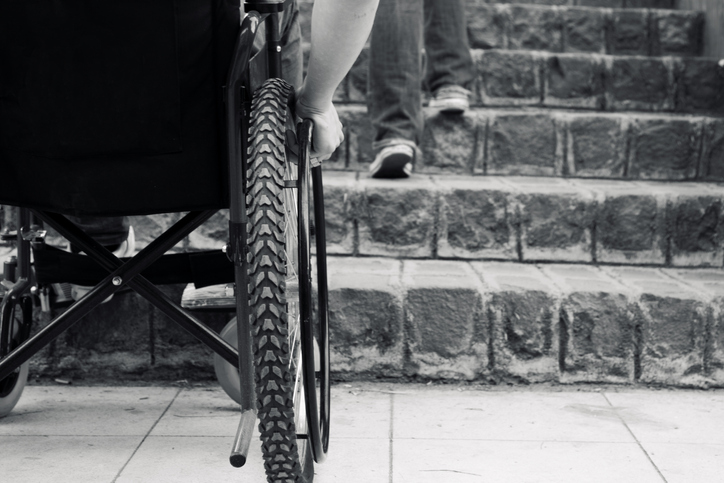Living with Chronic Pain
What Is Disability Stigma?

A disability is defined as any condition affecting a person’s mind or body that makes it more difficult for them to do certain activities or participate in the world around them. A person with a disability may have difficulties with communicating, moving, learning, seeing, hearing, or issues with mental health or social relationships. According to the World Health Organization, 15% of the world's population live with some form of disability.
Disability stigma involves a set of negative beliefs about individuals with disabilities. Unfortunately, disability stigma has existed for centuries.
Stigma-related behaviors and attitudes
Behaviors and attitudes that may develop from disability stigma include the following:
- Social avoidance
Social ostracism of individuals with disabilities can develop from disability stigma. Unfortunately, stigma may make it difficult for some individuals to converse or even make eye contact with those with disabilities. - Stereotypes
Stigma perpetuates negative stereotypes. People may mistakenly believe that individuals with disabilities are mentally deficient, unable to care for themselves, or unable to make their own decisions. - Blame
Individuals with disabilities may be blamed for a disability that is completely beyond their control. They may also be accused of using their disability to receive financial gain or other benefits. - Condescension
Disability may lead to perceived helplessness, causing individuals with disabilities to be coddled or over-protected. Others may do things for them that they can and want to do for themselves. - Discrimination
Individuals with disabilities may be denied equal access to housing, jobs, or other opportunities due to negative beliefs about their disability.
Invisible disabilities
Individuals with invisible illness or disability (disability that others cannot see) may experience additional stigma. When a disability cannot be seen, others may question if it exists. For example, others may mistakenly assume that an individual who requires the use of a handicapped parking placard but does not use a wheelchair or other mobility device is abusing the system. However, an invisible disability is just as valid and deserving of accommodations as a visible disability.
Whether visible or invisible, individuals with disabilities may internalize disability stigma, which can negatively affect their mental health and quality of life.
Other sources used to create this article include the World Health Organization and the University of Washington.

















